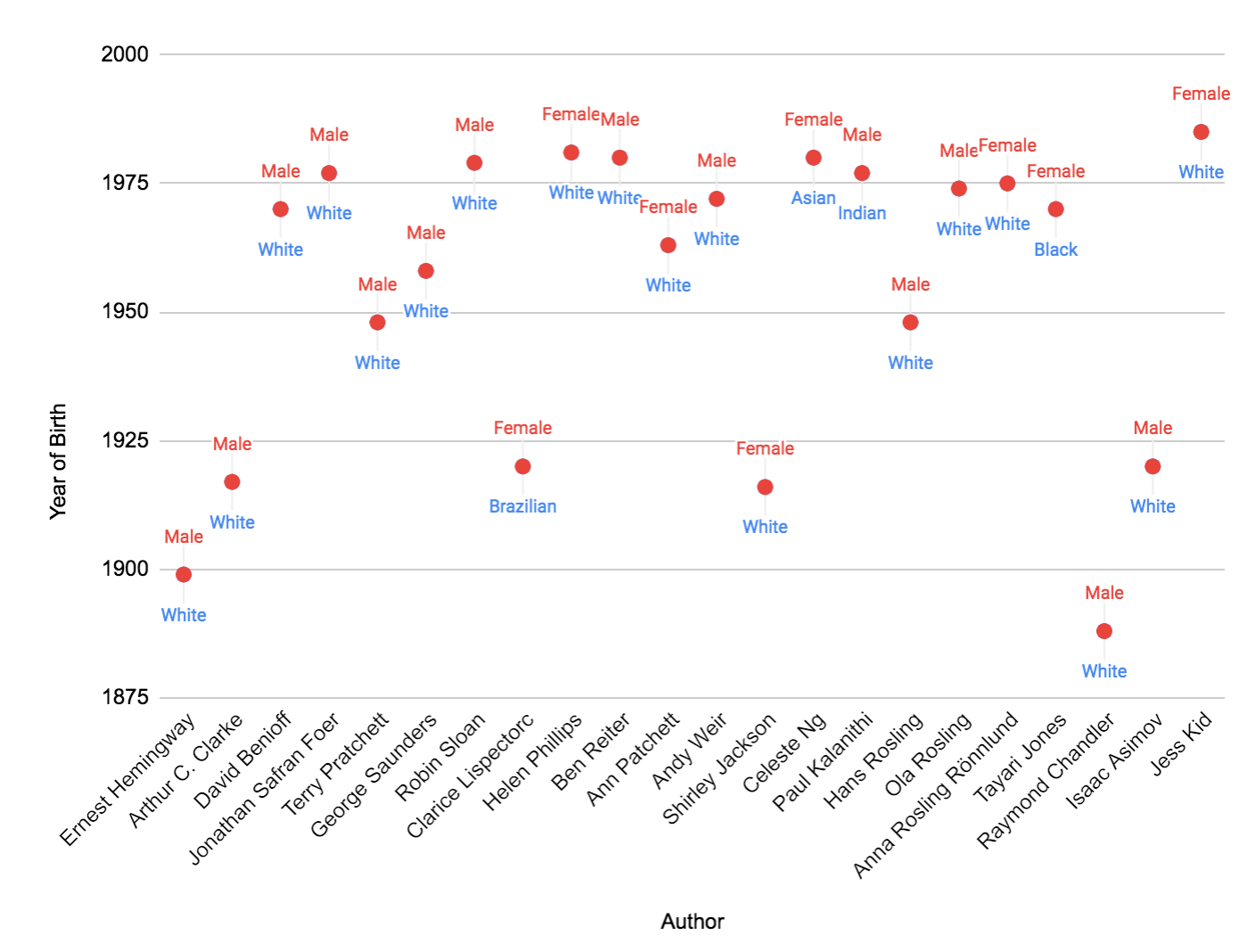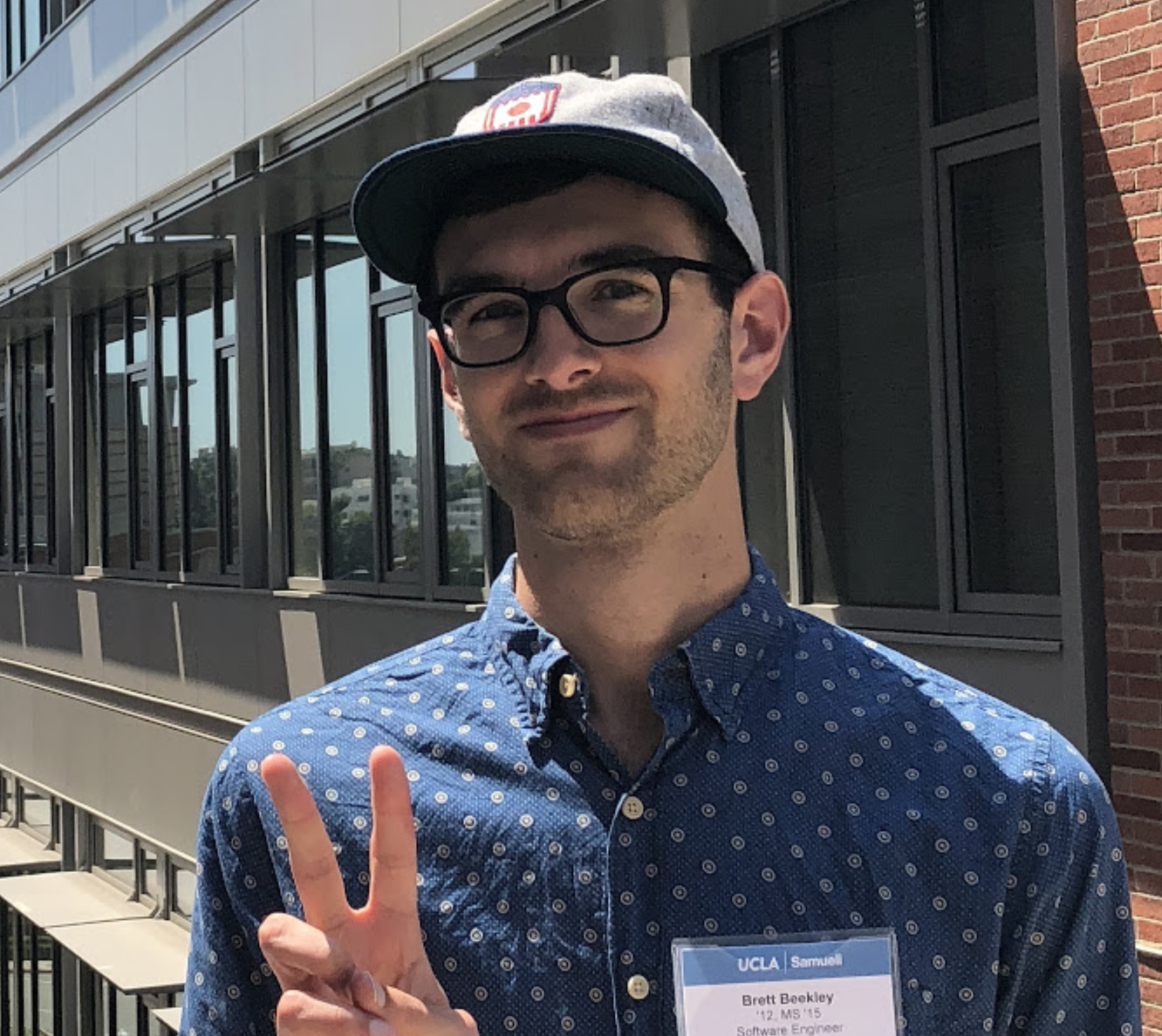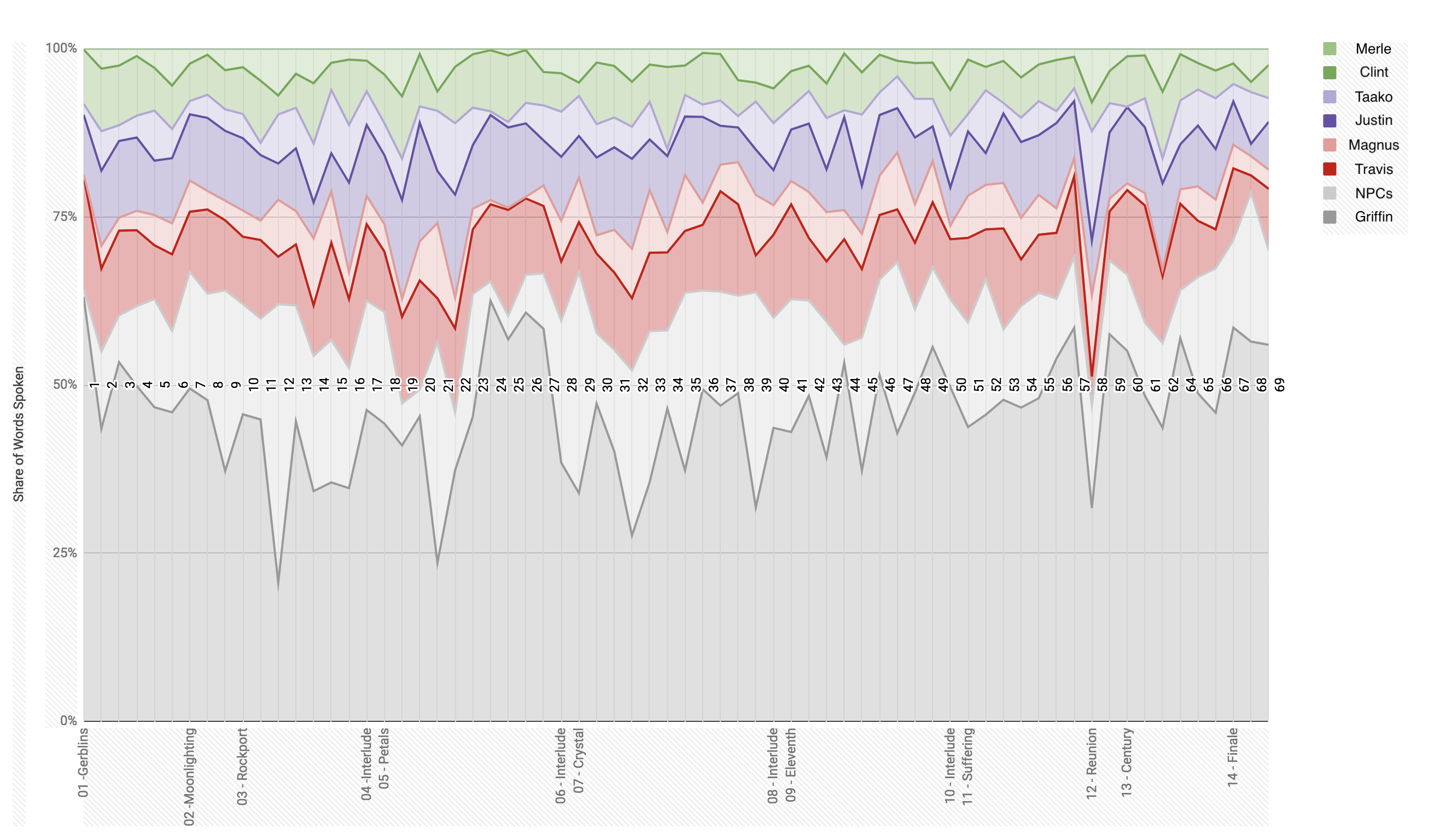Los Angeles and CA have a housing shortage. Since there are fewer units in supply than demand, housing prices have outpaced incomes. As residents are pushed to cheaper housing further from job centers, commutes get longer and traffic gets worse. California has a large and rapidly growing homeless population and Californians are much more likely to share a room with another adult.
There has been pushback against increasing the allowed density of residential units. A major fear has been that increasing supply means increasing density and changing the character of single-family neighborhoods. “Manhattanization” is often used to describe efforts to increase density.
The analysis below shows that Los Angeles can eliminate its housing shortage without significantly changing the vast majority of residential neighborhoods.
There are 1,790k single family homes in LA County, and 24k multifamily buildings containing 1,560k units, for a total of 3,350k units [1]. The LA housing shortage is described as about 517k units.
Fourplexes can blend in with single-family homes due to their small size and general conformance with existing single-family zoning laws (this is the basis for SB 902, which aims to allow 2-4plexes across the state). A quick image search shows fourplexes look like large single family homes. If 173k single family homes were converted to fourplexes, 519k units would be added, eliminating the housing shortage. That’s a little under 1 in 10 houses, or about one fourplex per block. This isn’t a significant change to any neighborhood.
Graph showing the number of buildings in LA county before and after building 519k units of quadplex.

But that is assuming an even distribution of supply. If we want to improve traffic, housing needs to be near jobs to lower the total people-miles of commuting. The Westside, Beverly Hills, and El Segundo are major job centers and together have about 113k single family homes [2]. We have to look denser than single-story buildings to fit the units in one region of LA:
- The highest density zone (R5) allows one unit per 200 sqft of lot size.
- The average single family home in CA is 0.15 acre, or 6500 sqft.
- In a vastly simplified calculation, each unit of single-family home could be converted to 33 units of R5 housing.
- It would take 16k home->tower conversions to address the shortage.
We could solve the LA housing shortage building 2400 acres of residential towers, which is about the area west of Lincoln in Santa Monica + Venice. Putting high density towers near job centers could significantly change the surrounding area, the small number of changes (<1% of R1 buildings) means a vast minority of LA neighborhoods would be affected. Especially if it’s spread out across the 3 million acres of LA County.
Graph showing the number of buildings in LA county before and after converting 16k R1 homes to R5 housing.

Graph showing the number of buildings in the “Westside” before and after converting 16k R1 homes to R5 housing.

Of course, these are both extreme cases. Skyscrapers are never going to appear in Venice overnight (or possibly ever), nor will a hundred thousand homes get torn down for more density. Medium-density is the “missing middle” that enables walkable neighborhoods and would require much less upzoning than the first case, with a lower impact than the second.
Additionally, this only considers upzoning single-family properties. There are 215k 2-9 family buildings that could be upzoned to medium-density in areas that already have appetites for multifamily housing [1]. Many of the ongoing major housing projects were on non-residential land, like former industrial mills or car dealerships.
It’ll take a combination of changes to address the housing shortage in LA. But none of them will cause LA to look anything like Manhattan.
[1] 2018 LA County Asessor Parcels Data
select units, count(1) c
from Assessor_Parcels_Data_2018
where generalusetype = 'Residential'
group by units
order by units asc;
[2] 2018 LA County Asessor Parcels Data. Everything southwest of 34.079536, -118.404716 is considered the “westside”. (There are better definitions, but this is a simple query).
select units, count(1) c
from Assessor_Parcels_Data_2018
where generalusetype = 'Residential'
and center_lat <= 34.079536
and center_lon <= -118.404716
group by units
order by units asc;





